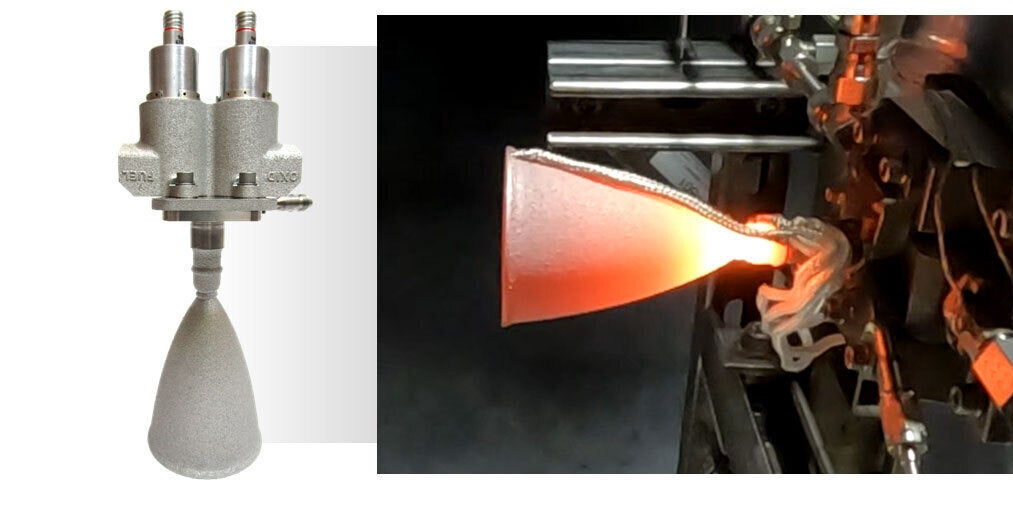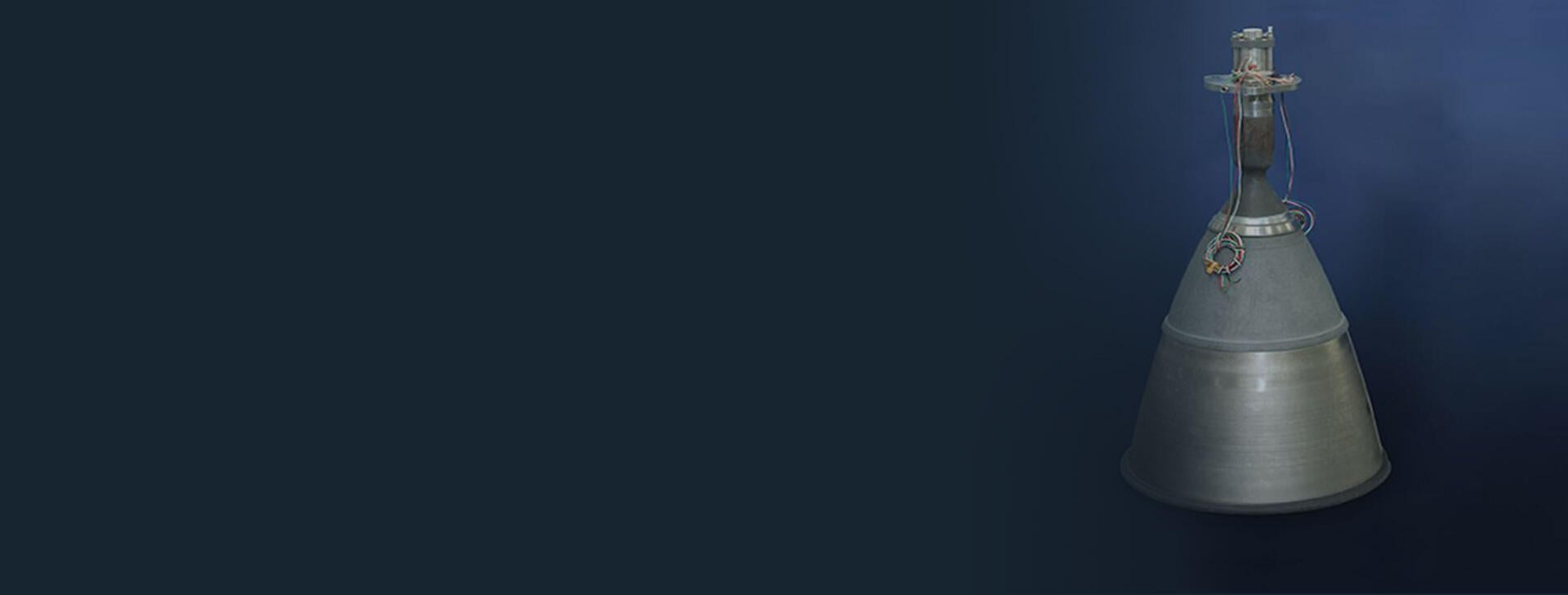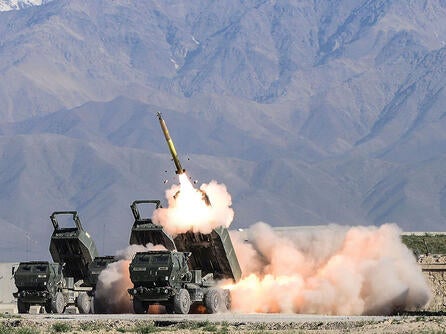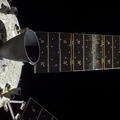As NASA aims to stimulate a new commercial lunar economy, and eventually send humans to Mars, new reliable propulsion solutions are critical. L3Harris, the Trusted Disruptor in space propulsion and power systems, is leading the charge to be at the forefront of innovation.
One example of this innovation is the development of the new In-Space Engine (ISE) family of lightweight and affordable bipropellant rocket engines.
The ISE family includes thrusters in the five pounds to 900 pounds thrust class, suitable for in-space transport applications such as deep space exploration missions that require fast-acting maneuvers like landing or proximity operations. These pressure-fed thrusters use monomethylhydrazine (MMH) propellant and a high-performance oxidizer, MON-25, along with the latest advancements in 3D printing. This combination provides low-cost, high-performance solutions delivered with shorter manufacturing lead times.

L3Harris’ ISE-5 in-space thruster completed an extensive development test campaign in 2024.
MON-25, mixed oxides of nitrogen at 25% nitric oxide, can operate at extremely low temperatures. This capability reduces the power and mass required to heat the oxidizer to maintain it in a liquid state, making it an excellent option for deep space missions.
“Using MON-25 oxidizer is revolutionary for mission designers because it gives them tremendous mission flexibility while also reducing the power and extra mass required to condition propellants,” said William Sack, General Manager, Advanced Space & Power, Aerojet Rocketdyne, L3Harris. "Every pound of mass and watt of power saved by using our ISE engines can be used to further exploration goals, including extending mission durations and enabling the inclusion of additional scientific instruments.”
Historically, programs using this combination of propellants have faced combustion instabilities. L3Harris has solved this technical challenge and successfully demonstrated stable MON-25/MMH combustion in several different thruster configurations tested since 2018. One of those configurations was the ISE-5 (five pounds of thrust) thruster that successfully completed an extensive development test campaign in 2024. That test campaign included multiple long-duration, steady-state burns, and multiple short pulse trains to mimic potential robotic lunar lander missions.
The ISE family of thrusters offers significant reductions in weight, size and cost compared to other propulsion systems in their respective thrust classes, and having a wide range of thrust options available enables maximum mission performance with a common propellant architecture.
“The ISE family of engines provides versatile, high-performance, storable bipropellant thrusters that are ideal for in-space propulsion applications. Their quick delivery times make them perfect to meet the most demanding mission timelines,” added Sack.





